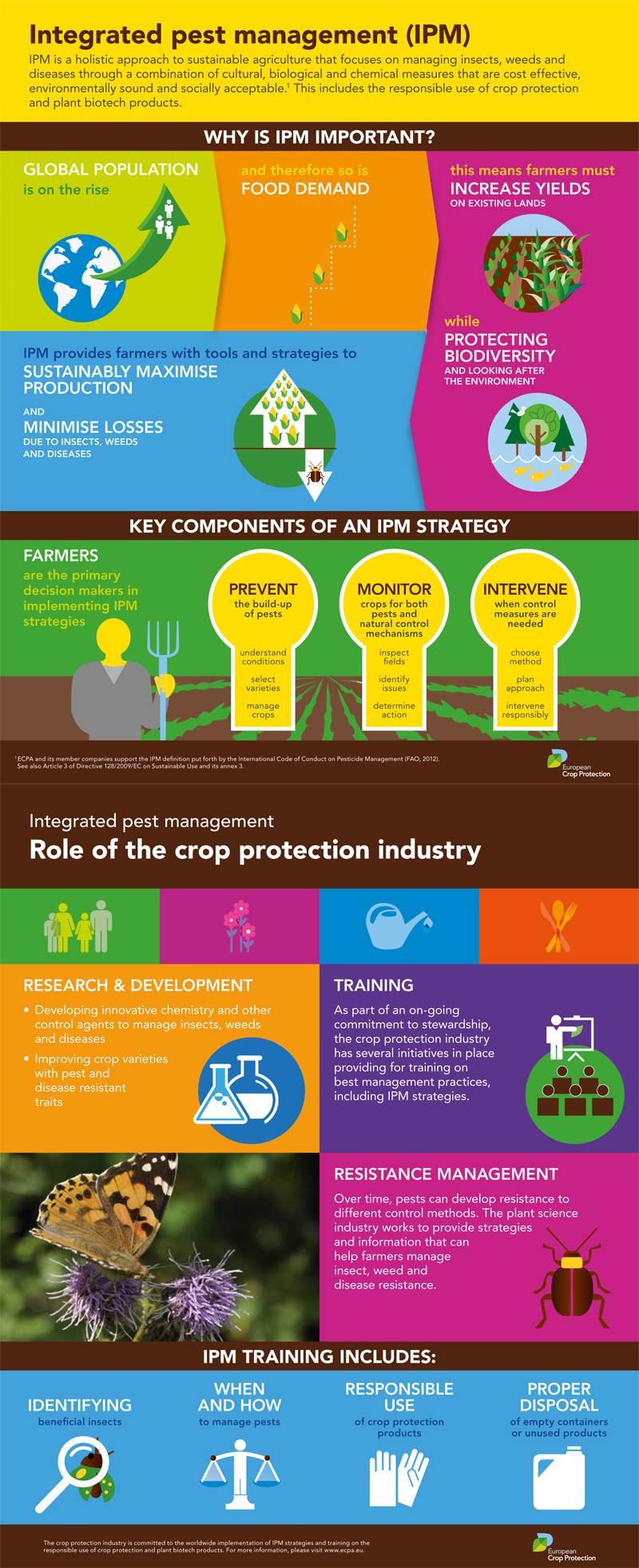The Function Of Insect Control In Food Security And Hygiene
The Function Of Insect Control In Food Security And Hygiene
Blog Article
Material By-Halberg Thorsen
Are you familiar with the concealed threats that bugs position to the safety and hygiene of your food? From rats to insects, these unwanted visitors can contaminate your ingredients, surfaces, and storage locations.
This post checks out the crucial duty of bug control in keeping the highest possible standards of food security and hygiene. Discover effective strategies and avoidance actions that will certainly help you shield your business, customers, and credibility.
Don't let parasites compromise the quality of your food.
The Impact of Pests on Food Safety And Security and Health
In your cooking area, pests can have a substantial impact on food safety and health. These unwanted visitors, such as rodents, pests, and roaches, can pollute your food, surface areas, and tools with harmful germs, infections, and parasites. They can quickly access your cupboard, cupboards, and also your fridge, leaving behind droppings, pee, and hair.
Not just can they spoil your food by eating through packaging, yet they can likewise spread diseases like Salmonella, E.coli, and Listeria. Visualize preparing a meal for your family, uninformed that the ingredients you're using are currently polluted.
It's crucial to take instant action to avoid and control parasites in your kitchen area. Normal cleansing, correct food storage space, and specialist pest control procedures are important to make certain food security and keep a sanitary setting in your kitchen area.
Effective Pest Control Methods for the Food Market
Executing effective bug control strategies is critical for preserving food safety and security and health in the food market. By carrying out these techniques, you can avoid insects from infecting the food and make sure that your items are secure for usage.
Sealing entry points is to routinely check and check your facility for indications of bug task. This includes checking for droppings, nests, or any type of damage triggered by bugs.
It's also important to seal all entrance points to stop pests from getting in the facility. Normal cleaning and hygiene are important, as bugs are attracted to food residue and spills.
Furthermore, proper waste monitoring is essential to prevent the accumulation of food waste that can attract parasites.
Keeping Hygiene Requirements Via Parasite Avoidance Procedures
To maintain health criteria, you need to frequently carry out parasite prevention steps. By taking proactive steps to avoid parasites from entering your food facility, you can make certain the security and sanitation of your premises. Below are some effective insect avoidance steps to think about:
- Seal all splits and holes: Insects can enter with even the tiniest openings. Routinely examine and seal any gaps in doors, windows, walls, and floorings to maintain parasites out.
- Proper waste management: Dispose of food waste without delay and safely in secured containers. This will minimize the attraction of insects and protect against infestations.
- Baits cleansing and sanitizing: Maintaining tidiness in your facility is important. Routinely clean and disinfect all areas, paying special attention to areas where parasites might hide or breed.
- Execute a tracking system: Frequently check your properties for indicators of parasite task. Set up https://www.prweb.com/releases/2014/08/prweb12129857.htm tracking devices, such as catches or sensors, to determine and address any type of potential concerns early.
Final thought
So keep in mind, when it involves food safety and security and health, bug control plays a crucial function.
By executing reliable pest control techniques and safety nets, we can ensure the highest possible criteria of tidiness and security in the food market.
Do not let bugs compromise the quality of our food; allow's stand together and secure our health and wellness and well-being.
